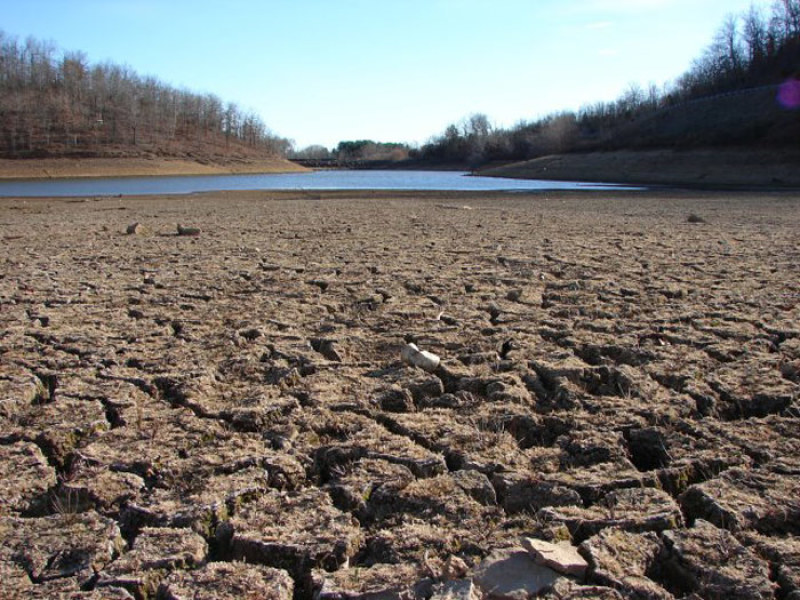

A dry riverbed in California; a typical sight in the current drought.
The drought in California is serious, yet not hopeless. Lack of available water affects California residents in various ways that many may not be aware of. These are a few:
1) The California government has been active in stopping the drought long before its publicity.
Back in January of 2014, Governor Brown declared a drought state of emergency. According to Save Our Water, a program initiated back in 2009 to help Californians conserve water, Governor Brown has urged Californians to cut their water use by 20 percent. Further efforts include fines of up to 500 dollars a day for individuals wasting water, and up to 10,000 dollars a day for water agencies.
2) The drought conditions contiue to worsen, and California's water is a fraction of historic averages.
Eight months have passed since Governor Brown declared the state of emergency, yet conditions persist. Save Our Water (SOW) has reported that 2013 was the driest year in California in recorded history. SOW also reported that snowpack levels are only 17 percent of normal levels, rainfall is less than half of the usual amount, and reservoirs are similar with less than half of historic average levels. These three sources make up the majority of California's water, snowpack generally providing a third of California's water for both agricultural and domestic use.
3) The drought impacts not only water levels, but food.
Lack of water impacts agriculture and livestock. Less water results in less feed for cattle and other livestock, which results in less dairy products and meat. Despite reductions in both agriculture and livestock from California, the US Department of Agriculture states consumers will experience negligible changes in terms of price.
4) Although the drought is severe, California is no stranger to this situation.
According to a journal by Michael Dettinger and Daniel R. Cayan, it is unlikely that this drought will be a "mega-drought" that has only been seen since "medieval times". The journal also states that "California's annual precipitation totals routinely vary from as little as 50% to greater than 200% of long-term averages, with those dry excursions forming our droughts."
The current drought is serious and actions should be taken to limit its impact. California is not necessarily doomed by the drought, but according to Detting and Cayan, further research into the history of drought and its implications is important.



















